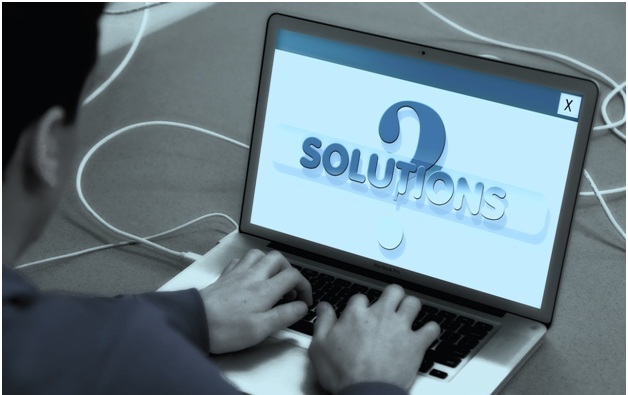Computers have become an integral part of modern office life. But while we have come a long way from the days when all but a fraction of the world’s population could use a computer, today’s users still run into problems every so often. In any case, computers systems aren’t perfect and will suffer glitches that aren’t always of the user’s making.
If you work in a company’s IT helpdesk unit, knowing what the most common problems users have will go a long way toward making your work easier. Here’s a look at arguably the top helpdesk support issues.
1. Computer is Slow
The potential causes of a slow computer are too many to be enumerated here. Perhaps the PC has too many applications installed. Maybe the user has too many applications open at the same time. There’s the possibility that the computer is malware infected. It could also be that the computer’s hardware is corrupted or that its specs are simply too outdated to cope with the demands of modern applications.
You’ll have to work through elimination starting from the most easily resolvable (like too many windows open) and move on to the harder ones (such as the computer needing replacement).
2. The Computer is Overly Noisy
This is almost certainly a hardware problem. Some hard disks are pre-designed to make grinding sounds when a head goes bad or a spindle gets stuck. You are unlikely to resolve this problem over the phone though a remote support tool can go a long way in getting to the bottom of the matter.
To avoid losing their information in the event that the hard drive is irreparably damaged, the user should be provided with a different computer for the time being until this problem is permanently sorted out.
3. USB Device Not Recognized
The first step is to establish if the user has authorization to plug in a USB device on a company computer. Many organizations partly or completely block USB drives to prevent the introduction of malware via third-party devices and also reduce the likelihood of a rogue employee copying large volumes of sensitive company information onto a personal USB drive.
If the employee does have authorization, they should try the device on a different port (most modern computers have at least 2 USB ports), try it on a different computer or try a different USB device.
4. Blue Screen of Death
You are in the middle of working on something important and suddenly the computer screen goes blue as cryptic lines of text scroll down the screen. Anyone who has used computers for a while has certainly encountered the blue screen of death (BSOD). Few things induce greater panic among users.
The computer may restart on its own shortly thereafter or it could remain frozen and require a manual reboot. Fortunately, the BSOD often resolves itself after the restart (though it could be a symptom of underlying hardware issues that need further investigation). If it doesn’t, the user can read and advise you of the error codes on the blue screen so you can find a more specific resolution.
5. Unable to Log In
This is a surprisingly common problem but the reasons for a user’s inability to log in are varied. It could be as simple as them forgetting to turn off the “Caps Lock” key when typing their password. It could be that the user has forgotten they recently changed their password. And in certain cases, the user’s account may have been suspended because they abused their access, have been assigned a new role or have been laid off.
6. Accidental Deletion of Files
By accidentally pressing the ‘Delete’ button on their keyboard or selecting ‘Delete’ after right clicking a file or folder, a user may erroneously get rid of one or more documents. Fortunately, this is an issue that’s easy to close.
The deleted file or folder goes to the Recycle Bin and can be restored with one click. It only gets permanently deleted if the user empties the Recycle Bin or ‘Shift-Deleted’ the file at the onset. Even then, there are recovery tools you could use to retrieve the file from the hard disk despite permanent deletion.
These may be the most common problems but no two days working at an IT Help Desk are ever the same. You’ll need to think on your feet and be prepared to resolve user problems within the shortest time possible.
